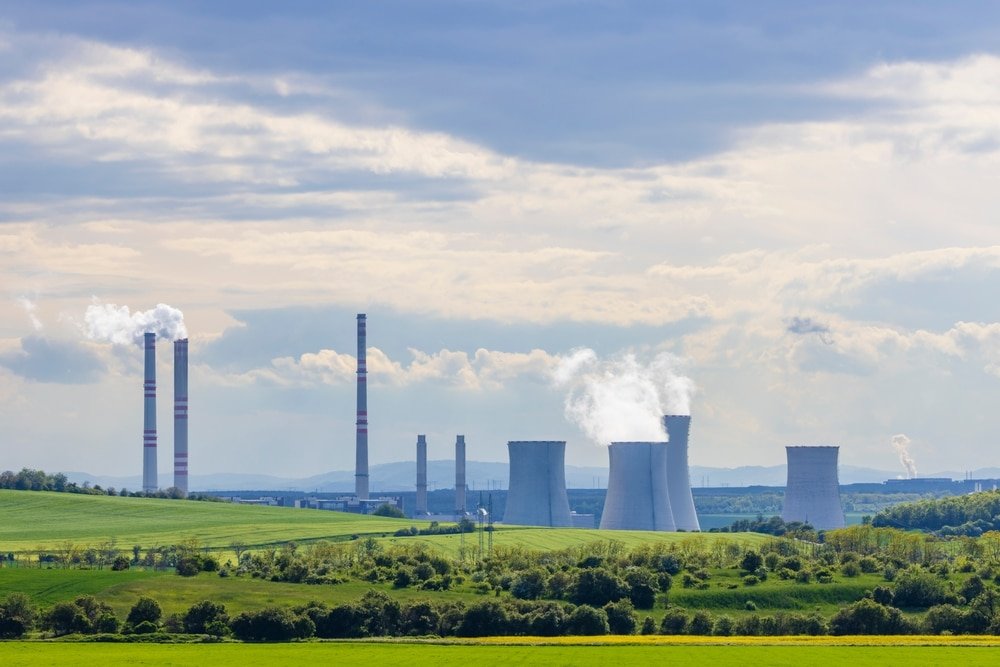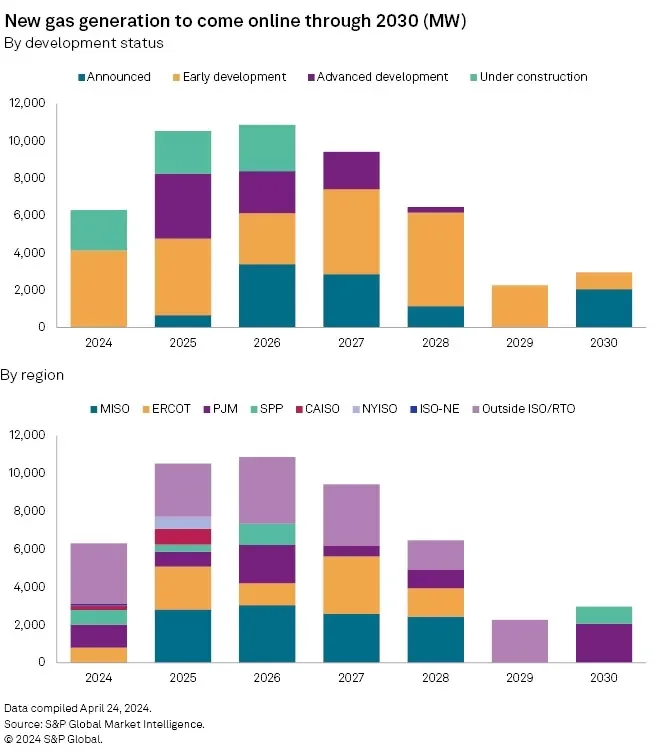The debate over new carbon dioxide limits for power plants has centered on carbon capture technology, with the US Environmental Protection Agency (EPA) defending its readiness despite industry skepticism.
The EPA had finalized a rule establishing carbon emissions standards for coal- and new gas-fired generation, effectively requiring carbon capture technology for many power plants. This climate policy was first revealed in April last year.
Under the new EPA mandate, coal plants must implement carbon capture and storage (CCS) technology. This technology involves capturing CO2 from power plant emissions and then storing it underground to prevent it from entering the atmosphere.
The EPA’s New Mandate for Coal Plants
The directive is a bold ultimatum for coal-fired power plants to either capture their smoketstack emissions or face shut down. The new rule aligns with President Joe Biden’s pledge to combat carbon pollution from fossil fuel-fired electric plants by 2035 and economy-wide by 2050.
The latest restrictions on GHG emissions represent the Biden administration’s most aggressive stance to fight global warming. President Biden’s National Climate Advisor Ali Zaidi, made a promise that,
“This year, the United States is projected to build more new electric generation capacity than we have in two decades – and 96 percent of that will be clean,”
Here are the main points of the EPA’s new carbon emissions rule for power plants:
- Existing coal-fired plants intending long-term operation and all new baseload gas-fired plants must control 90% of their carbon pollution.
- Boost the Mercury and Air Toxics Standards (MATS) for coal-fired power plants, tightening toxic metal emissions standards by 67% and finalizing a 70% reduction in mercury emissions from existing lignite-fired sources
- Cut pollutants discharged through wastewater from coal-fired power plants by over 660 M pounds/year, guaranteeing cleaner water for impacted communities, particularly those with environmental justice concerns facing disproportionate impacts.
- Safe management of coal ash in previously unregulated areas, including disposal sites prone to leakage and groundwater contamination.
Coal remains the largest energy source for electricity generation, steelmaking, and cement production. However, it’s also the largest source of man-made carbon dioxide (CO2) emissions.
The Rule’s Climate Impact and Benefits
The EPA’s finalized rule on carbon emissions standards for power plants is projected to have significant financial and climate impacts.
According to EPA estimates, industry compliance with the rule could cost between $7.5 billion and $19 billion through 2047. However, the agency also anticipates substantial climate and public health benefits, totaling to $370 billion over the next two decades.
- In terms of emissions reductions, the rule is forecasted to prevent 38 million metric tons of CO2 emissions in 2028 and 123 million metric tons in 2035.
Mona Dajani, global co-chair of energy, infrastructure, and hydrogen at Baker Botts, emphasized that the rule sends a clear message to power plant operators about the end of unlimited carbon pollution. While carbon capture technology will contribute to emissions reductions, the EPA projects that the greatest impact will come from coal plant retirements prompted by the rule.
By 2035, the agency expects US coal-fired capacity to decrease to about 20 GW, comprising 19 GW with carbon capture and 1 GW with natural gas co-firing. This contrasts with a scenario without the regulations, where coal-fired capacity would consist of 11 GW with carbon capture and 41 GW of unabated coal plants.
Regarding gas-fired generation, the EPA anticipates 1GW of capacity with carbon capture and 484 GW without carbon capture by 2035. Additionally, the EPA announced plans to set carbon limits for existing gas-fired power plants in a future rulemaking process.
However, this decision has ignited debate from industrialists and environmental stalwarts. Trade groups also criticized the standards, questioning the feasibility of capturing and storing CO2 emissions, echoing concerns raised after the EPA’s initial proposal in May 2023.
Challenges and Controversies
Dan Brouillette, president and CEO of the Edison Electric Institute (EEI), stated that CCS is not yet ready for full-scale deployment and that there isn’t enough time to develop the necessary infrastructure for compliance by 2032.
While CCS involves scrubbing CO2 from emissions sources like power plants for underground storage, operational implementations are not enough. Currently, only one utility-scale US power plant, W.A. Parish 5-8, utilizes carbon capture technology, with the captured gas used for oil extraction. The abandonment of another project in Kemper County, Miss., led to significant costs for Southern Co., raising doubts about CCS.
Some industry groups, such as the National Rural Electric Cooperative Association (NRECA), have challenged the legality of the rule. NRECA CEO Jim Matheson criticized the rule as unlawful, unrealistic, and unachievable, arguing that it undermines electric reliability and poses risks to an already strained electric grid.
-
However, the EPA highlighted technological advancements and federal incentives making CCS more economically viable in its final rule.
The expansion of tax credits for carbon capture under the US Inflation Reduction Act in 2022, now valued at up to $85 per metric ton of CO2 stored, has bolstered support. Additionally, process improvements from previous CCS deployments have contributed to cost reductions.
The EPA noted that some companies have already planned to install CCS on their units independent of regulatory requirements, indicating growing industry interest in the technology’s potential.
The new rule’s first provision allows units to respond to declared grid emergencies without being held accountable for their CO2 emissions, providing a short-term mechanism to address urgent situations. The second provision permits US states to delay compliance measures for certain units in the event of unanticipated grid reliability issues.
States have the option to include both reliability exceptions in the plans they submit to the EPA for implementing the new rule.
As the debate rages on, the EPA’s carbon emission standards mark a pivotal moment in the nation’s energy transition, highlighting the delicate balance between environmental goals and industry realities.



